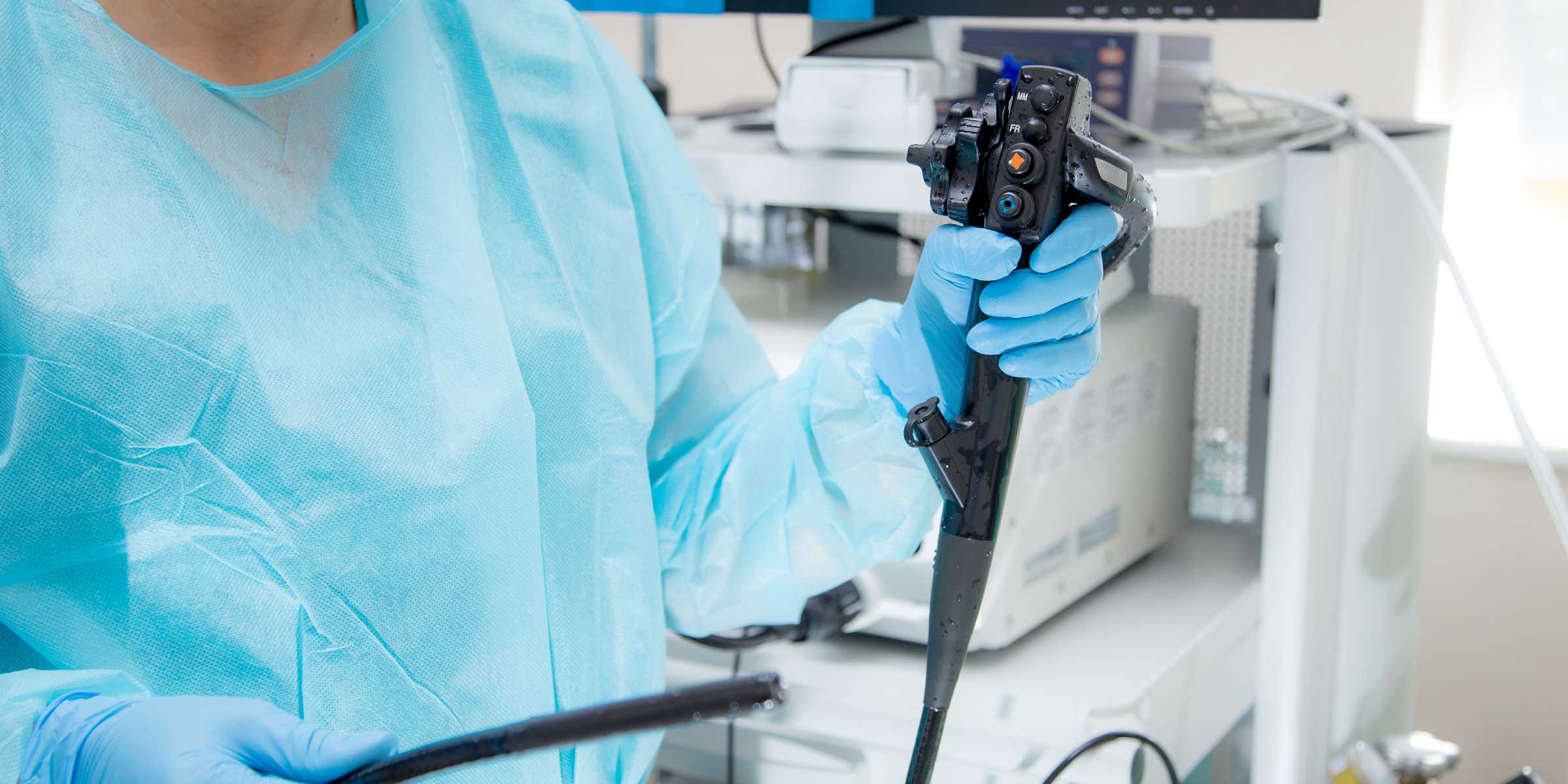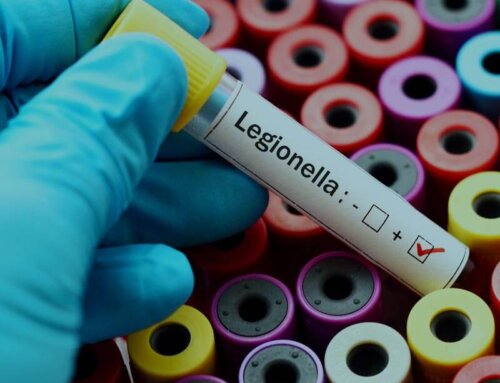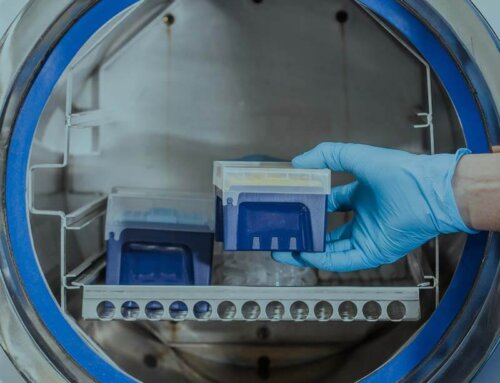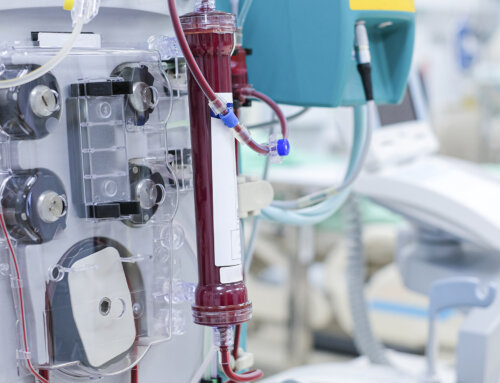Date: 15/03/2018
Read Time: 1min 15sec
Author: Matthew Cox
Key Points:
- Reverse Osmosis (RO) water ensures reliable disinfection and sterilization by providing clean water, free from particles, bacteria, and dissolved contaminants
- With the recent Amendment 2 AS4187:2014 enforcing stringent water requirements, it’s crucial for RO systems to comply, as many existing systems may not meet these standards.
As CSSD and Endoscopy departments can process hundreds of sets of surgical equipment a day, the sterilisation and disinfection of Reusable Medical Devices (RMD) is paramount in meeting cleanliness standards and maximising department efficiency.
As reprocessing equipment (e.g. washers, sterilizers) relies on the supply of clean water free from particles, bacteria and dissolved contaminants, Reverse Osmosis (RO) water provides the reliable disinfection and sterilisation to achieve this.
Reduces spotting & staining
Spots can harbour pathogenic bacteria which can mask the bacteria from receiving the level of disinfectant required for an effective kill rate
Removes / reduces bacteria
When the food source which enhances the growth / proliferation of pathogenic bacteria is removed or reduced it reduces the production of biofilm within the nooks & crevices of the RMDs
Reduces chemical requirement
The amount of chemical required for efficient disinfection
In addition to the rigorous cleaning and sterilisation of RMD’s, it is critical for the RO system to comply to the recent Amendment 2 AS4187:2014 which now includes more stringent water requirements. This crucial amendment, which will be enforced in 2021, means that many existing RO systems are not compliant. To learn about the common industry misconceptions on RMD’s and water filtration, read our article here.
Get in touch with our experts to discuss your how your RO system can work better for you.




